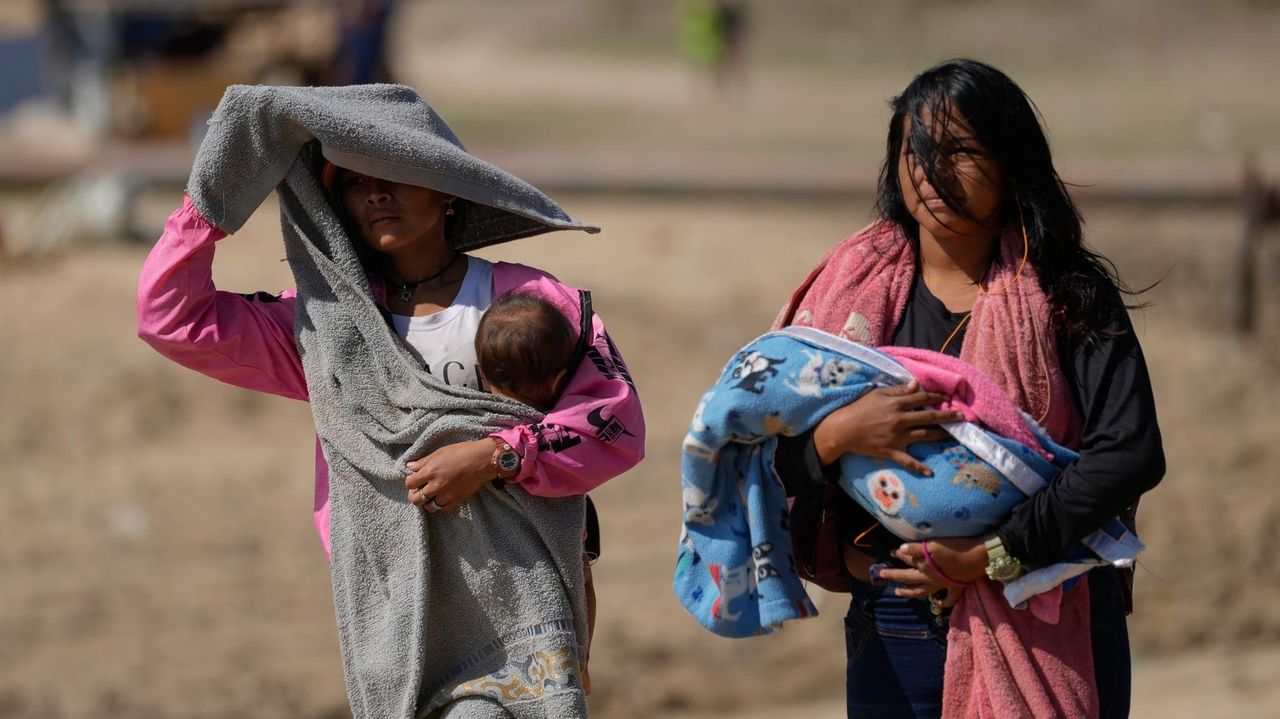LA PARAGUA, Venezuela — Osvaldo Romero and his wife got off a battered boat Friday under the scorching sun of central Venezuela and walked up the bank of a river barefoot, their pants soaking wet and eyes showing the shock of having faced days earlier one of the country’s deadliest mining disasters.
He carried a few belongings they had wrapped with plastic and rope, and as residents of the community of La Paragua approached him, he said he regretted having worked at the remote mine where greed and callousness were king and queen.
“That is the worst mine I have ever worked in,” said Romero, who has been a miner for 10 years. He had been working at the collapsed Bulla Loca mine until Thursday, when he and his wife, without any money or gold to show for their hard work since January, hopped on the boat.
“They were removing the injured from the rubble, and they were still taking gold out. That’s unconscionable,” he said.
The collapse of the open-pit gold mine that killed at least 16 people has underscored the dangers of working in a poorly regulated industry. But it has also shown the crucial role that mining plays in the survival of thousands of people who take a gamble and create quasi-cities, complete with bingo and raffles, around mines in hopes of earning what other parts of the troubled country cannot give them.
Venezuela’s government does not have an accurate count of people who were living at the site of the mine, but several miners who have worked there estimate that at least 3,000 people, including children, were in Bulla Loca at any given time since December. On Thursday, several privately operated boats arrived in La Paragua with people who had given up on their dreams of gold. Among them was a 2-week-old baby boy who was born at the mine.
The community that formed around the mine includes clothing stores, restaurants, convenience stores and an evangelical church all built out of wood and tarps. Some stores also sell metered WiFi.
People who…
Read the full article here

Leave a Reply